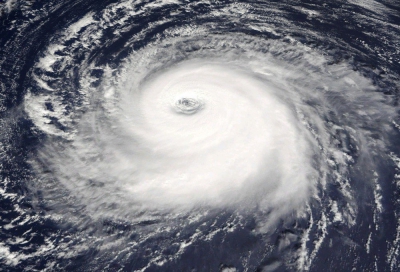Rungholt was a settlement in North Frisia, in what was then the Danish Duchy of Schleswig. The area is today located in Germany. Rungholt reportedly sank beneath the waves of the North Sea when a storm tide (known as Grote Mandrenke or Den Store Manddrukning) hit the coast on 15 or 16 January 1362.
A storm surge, storm flood, tidal surge, or storm tide is a coastal flood or tsunami-like phenomenon of rising water commonly associated with low-pressure weather systems, such as cyclones. It is measured as the rise in water level above the normal tidal level, and does not include waves.
The main meteorological factor contributing to a storm surge is the high-speed wind pushing water towards the coast over a long fetch. Other factors affecting storm surge severity include the shallowness and orientation of the water body in the storm path, the timing of tides, and the atmospheric pressure drop due to the storm.
Most casualties during tropical cyclones occur as the result of storm surges and surges are a major source of damage to infrastructure and property during storms. Some theorize that as extreme weather becomes more intense and sea level rises due to climate change, storm surge is expected to cause more risk to coastal populations. Communities and governments can adapt by building hard infrastructure, like surge barriers, soft infrastructure, like coastal dunes or mangroves, improving coastal construction practices and building social strategies such as early warning, education and evacuation plans.

 English
English  español
español  français
français  português
português  русский
русский  العربية
العربية  简体中文
简体中文 
